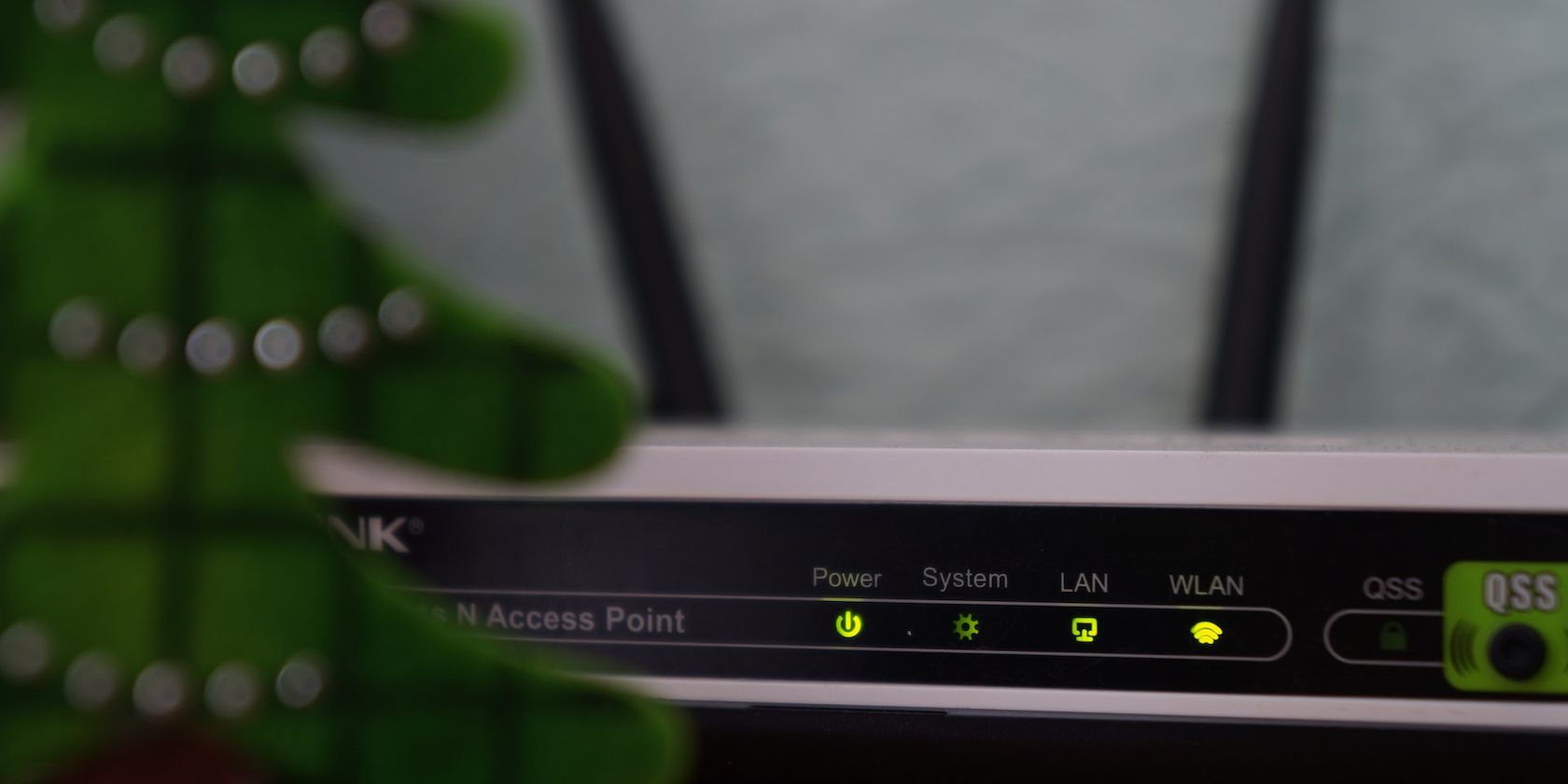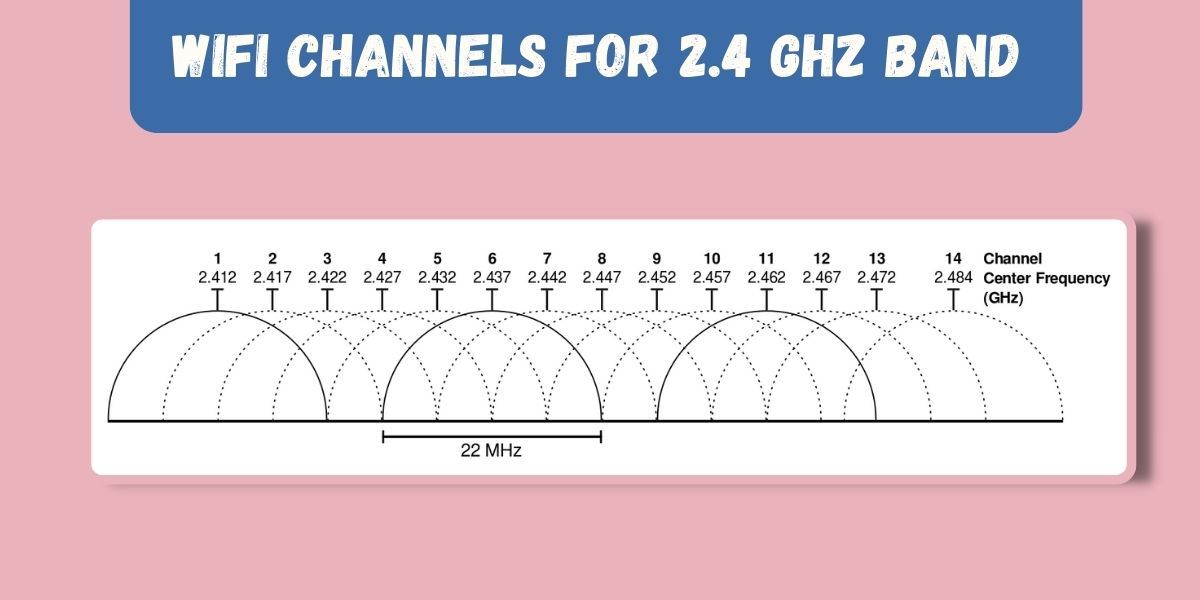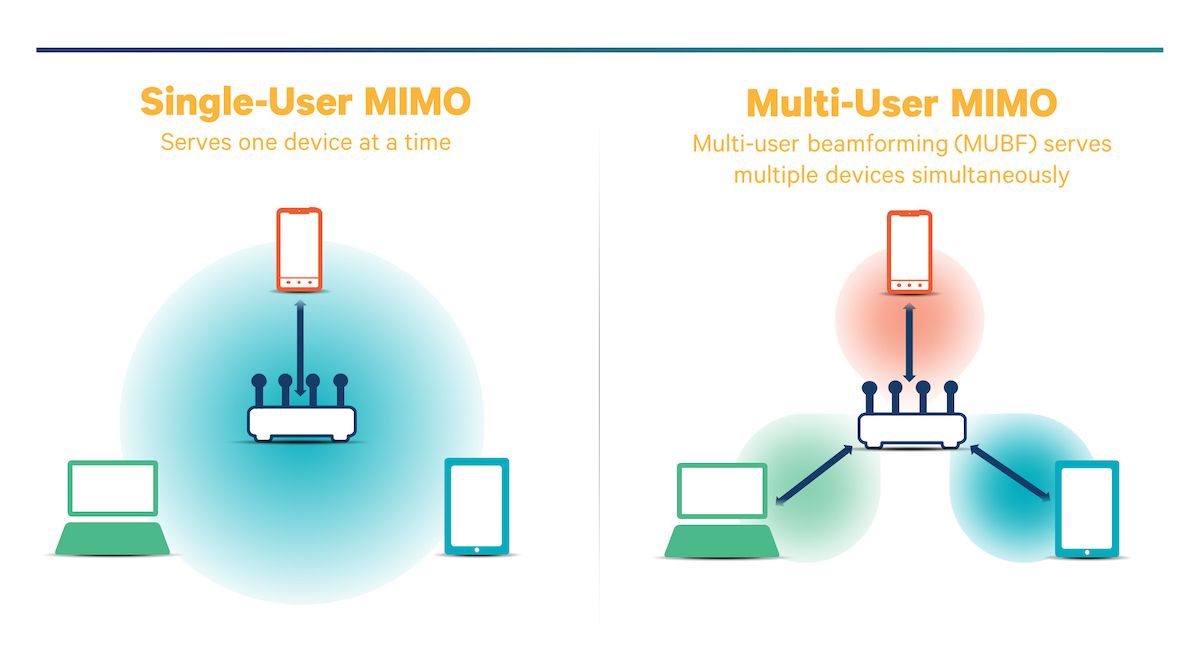Wi-Fi changed how we connect to the internet. Allowing users to access the internet through radio waves, Wi-Fi enabled users to connect to the World Wide Web without being tethered to a cable.
That said, the speed of your Wi-Fi depends on a multitude of factors, right from the location of your Wi-Fi to the microwave oven in your house. Everything influences the performance of your Wi-Fi—including the devices connected to your router.
But can an old device running the 802.11b protocol on your network slow it down?
Understanding How Wi-Fi Works
Before understanding why an old device on your network can slow it down, it's essential to look at Wi-Fi and how it works.
Simply put, the Wi-Fi in your house uses radio waves to transmit data. To make the data transmission, Wi-Fi uses either a 2.4GHz frequency or a 5GHz frequency. This frequency defines the number of waves that pass through a fixed place in one second. Hence, if you are using 5GHz Wi-Fi, a total of 5,000,000,000 waves reach your phone in one second.
To transmit data, the Wi-Fi router changes these waves based on the data that needs to be sent. Therefore, if a one is being transmitted, a different wave will be sent to your phone compared to a zero. To make these changes, Wi-Fi uses different protocols. These protocols define different modulation techniques leading to a difference in the amount of data being transmitted by the Wi-Fi.
Below is a brief explanation of the different (older!) Wi-Fi protocols and the speeds they offer.
- 802.11: Released in 1997, the 802.11 standard laid the foundation for Wi-Fi. It offered a data rate of 2Mbps and used Direct-Sequence Spread Spectrum (DSSS) or Frequency-Hopping Spread Spectrum (FHSS) to transmit data.
- 802.11a: This protocol was the first improvement to the 802.11 standards. It changed the transmitting frequency to 5GHz and offered a theoretical transmission rate of 54 Mbps. This increase in the data rate was due to the use of a higher frequency and a new modulation technique known as Orthogonal Frequency Division Multiplexing (OFDM). That said, even this protocol was not popular as manufacturing devices capable of transmitting 5GHz frequency was costly in the early 2000s.
- 802.11b: Released in early 2000, the 802.11b tried to improve the data transmission rates offered by 802.11 using the 2.4GHz frequency. This protocol offered significant improvements over the legacy protocol and offered a data transmission rate of 11Mbps. That said, this protocol did not change the modulation techniques but improved DSSS to transfer more data. Due to these improvements in data transmission, the 802.11b protocol led to the adoption of Wi-Fi.
- 802.11g: Offering transfer rates of up to 54Mbps, the 802.11g protocol offered the same data transmission rates as 802.11a but used the 2.4GHz spectrum. 802.11g used OFDM to transfer data on a 2.4GHz frequency to achieve this. Released in 2003, 802.11g enabled users to access high-speed data through radio waves popularising Wi-Fi.
- 802.11n: Released in 2009, the 802.11n protocol offered data transfer speeds of 600 Mbps using OFDM. The protocol used single-user MIMO, to achieve these speeds enabling the router to transmit multiple data streams to a single user using different antennas. Also, 802.11n increased the number of subcarriers compared to older protocols, increasing the data transmission rate. In addition, the protocol supported dual band Wi-Fi enabling it to transmit data on both 2.4GHz and 5GHz.
Apart from the protocols above, newer technologies like Wi-Fi 6 use the 802.11ax protocol and can reach speeds up to 2.4Gbps. To achieve these speeds, Wi-Fi 6 uses multiuser MIMO, increasing the channels bandwidth further.
Understanding Wi-Fi Channels and Subchannels
Now that we have a basic understanding of how Wi-Fi works and how it uses different protocols for transferring data. We can get into Wi-Fi channels and subchannels.
You see, when a router transmits data on the 2.4GHz frequency, it does not use a single frequency to transfer the data. Instead, it uses a frequency band between 2.4GHz to 2.483GHz. This band of frequencies is further divided into channels. For 2.4GHz Wi-Fi, there are a total of 14 channels, each providing a bandwidth of 22MHz. It is in these bands that the data is transferred.
For devices using 802.11b, data is transmitted using DSSS. This protocol can use any of the 14 channels (though channels 12, 13, and 14 are banned in the US!), and the transmission channel is selected based on your router's configuration. Once the channel is selected, the DSSS protocol uses spread spectrum modulation to protect the data from noise during transmission.
DSSS uses Complementary Code Keying (CCK) to do this, which turns a single data bit into a stream of 8 bits. This data is then transmitted on a 2.4GHz channel. To make this transmission, 802.11b uses Differential Quadrature Phase Shift Keying, which sends 2 bits of data per cycle using a bandwidth of 22MHz, providing a data rate of 11Mbps.
In the case of protocols using OFDM, data is transmitted differently. This difference in Wi-Fi protocols enables newer Wi-Fi standards to transmit data faster.
Unlike DSSS, OFDM transmits data by dividing the transmission channel into subbands. These bands use a total bandwidth of 20MHz, and this bandwidth is divided into 64 subcarriers of 312.5kHz. It is on these subcarriers that the data is transmitted.
Due to the use of multiple channels, data in OFDM is transmitted at lower data rates, but due to the availability of several channels, high data rates can be achieved. In addition, OFDM uses Quadrature Amplitude Modulation (QAM) to transmit more bits per wave, further improving the transmission efficiency.
Why Does an 802.11b Device on Your Network Slow Down Your Wi-Fi?
As explained earlier, different protocols use different modulation techniques to transmit data. Due to this reason, a device using the 802.11b protocol can't understand data transmitted by the 802.11n protocol.
That said, Wi-Fi needs to be backward compatible, and if an 802.11b device connects to a router that uses 802.11n, it needs to work. Therefore, to solve this problem, the 802.11n router uses the 802.11b protocol to communicate with that device. It is due to this reason that your Wi-Fi slows down because of an older device.
That said, data transmission speed does not change when the router connects to an 802.11n device, as it uses faster protocols when connected to the device using newer protocols.
Another thing to understand is that your router can only transmit data to one device at a time if it doesn't support multiple-user MIMO. Hence, if a device using an older protocol is on the network, it will take longer for the router to connect to the other devices, slowing down the network.
Therefore, the network speed decreases because it takes longer to transmit data when the 802.11b protocol is used.
In addition to all the things mentioned above, an 802.11b device on another Wi-Fi can also slow down your network. You see, Wi-Fi is an extremely polite protocol, and the devices on a Wi-Fi network listen for communications on the Wi-Fi channels. Therefore, if your neighbor's Wi-Fi uses the same channel as yours and has an 802.11b device, it will prevent your device from starting transmitting as the device thinks that your Wi-Fi is busy transmitting data to another device.
How to Prevent 802.11b Devices From Slowing Down Your Network?
Now that you know that an old device can slow down your network, you might wonder if it's possible to prevent this issue. Although there are several solutions to your problem, an 802.11b device on your network is bound to slow it down.
- If all the devices on your network support 5GHz, you could use this frequency. Due to this, neighboring networks using the 802.11b protocol on the 2.4GHz band will not hamper the performance of your network.
- Using dual-band Wi-Fi could help you if you use both devices using the older protocols and the newer ones. To solve your issue, you could connect the older devices to the 2.4GHz network and the newer device to the 5GHz band. This will prevent older devices from interfering with newer devices offering better speeds.
- If you don't have a 5GHz Wi-Fi and want to prevent devices using the 802.11b protocol from connecting to your network, you could disable the protocol on your router.
Is Wi-Fi Going to Get Faster?
Wi-Fi transformed the way users connect to the internet. Offering a variety of protocols, Wi-Fi has enabled users to transfer data at speeds of up to 2.4Gbps.
These speeds are bound to get faster in the future as radio transmission gets more efficient and the 6GHz band comes into the Wi-Fi spectrum.




